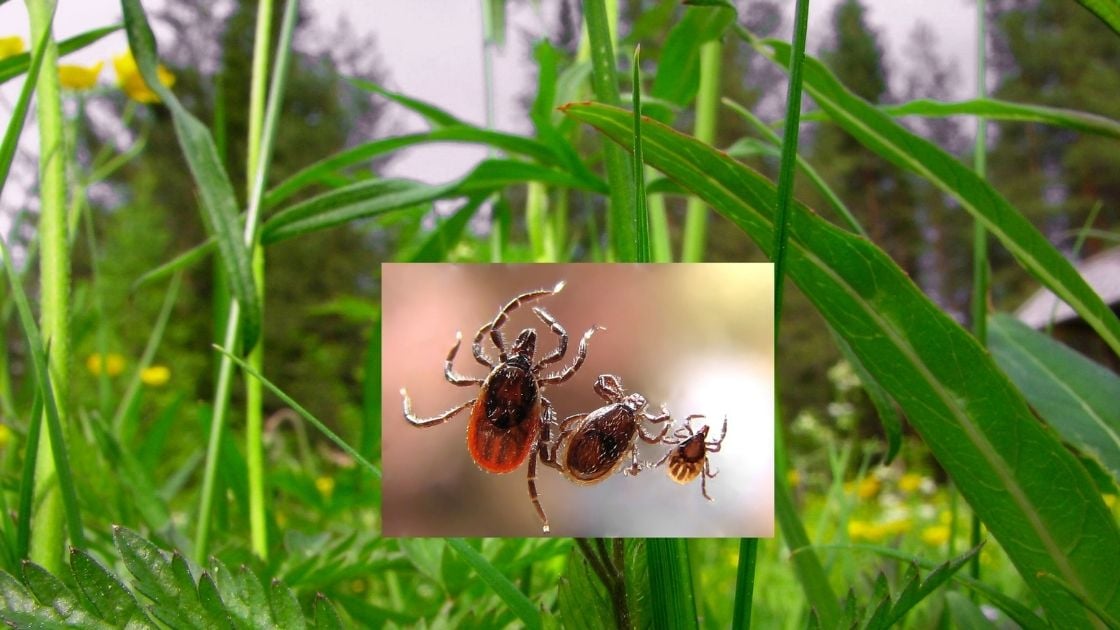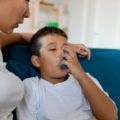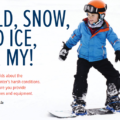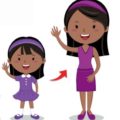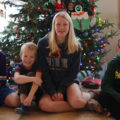My daughter, Audrey, had just completed first grade. She was “7, going on 17,” as they say.
It’s just the two of us, so she keeps me on my toes. Her inquisitive and logical nature makes for some rather interesting conversations and questions, which I do my best to field in age-appropriate ways.
Time will tell what she remembers of our conversation one Saturday morning last January, as she sat on my cross-legged lap.
It was 10 days after I’d been diagnosed with what turned out to be an aggressive breast cancer, infiltrating my right breast, mammary and axillary lymph nodes and just beginning to stake a claim on my bones, something they, in the medical profession, call “oligometastatic.”
Suddenly it seemed the world around me was spinning as fast as the oncologist believed my cancer to be dividing, and conquering, my 31-year-old body.
We’d added a guest bed to our apartment, my mom flew in from Florida and I’d had four additional appointments, not to mention all of the phone calls to orchestrate scheduling and make sure everything was copacetic with insurance to make way for my coming treatment.

Overloaded, overwhelmed
If the diagnosis wasn’t overwhelming enough, the path forward brought on a staggering degree of information overload in the mere 25 days between receiving pathology results and the start of my treatment.
In marched the pamphlets and literature on every aspect of cancer imaginable — mental health, nutrition, finances, legal matters, insurance, treatment options, understanding new vocabulary, parenting. On and on it came — information was given, collected, received, repeated — and that was just from the people trying to help me medically.
It was as though I was learning to comprehend and speak a new language of medical terminology overnight, a language that my Latin “she flies with her own wings” tattoo left me wildly underqualified to interpret.
Used to doing most of life on my own, I was suddenly in the presence of, or in near constant communication with, friends and family who weren’t about to let cancer be another solo venture of mine.
The post-bedtime moments of solitude that I used to cherish turned dark and desolate. I felt a persistent nag to understand it all acutely as well as a desire to make sense of it in a big-picture way.

Telling my daughter
In the middle of those 25 days, on a slow morning with my girl, I opened our blinds to soak in the warmth of an otherwise deceiving January sun. When a natural lull in whatever we were doing came, I pointed across the room to a backpack given to me by a nurse specifically for Audrey.
It was in a haphazard pile of gifts that had been trickling in — fuzzy socks, journals, coloring books, hard candy, lotions.
Audrey knew I had become sick, but I hadn’t felt ready to say the word “cancer” to her.
A few months prior, one of her classmate’s fathers died of cancer. I figured this was the only association she’d had thus far with the term. I feared that — no matter what I said — she would simply hear, “The only parent you know is dying.”
But on that cold morning I wrapped her in a hug and took a deep breath to slow down the spinning and asked her to bring the backpack over to where we were sitting.
A stuffed teddy bear’s head peeked out the top. She ripped open the drawstring and tore through the contents mindlessly.
She pointed to the writing on the outside of the backpack.
“What’s it say?” she asked.
Deep breath.
“Angel Foundation. Help when cancer strikes,” I read.
“But you don’t have cancer … ” Her voice trailed off as she looked back at me with a cocked eyebrow.
“Actually, after a few more doctor visits, it turns out I do have cancer,” I told her.
I’d become used to adult reactions, which were often emotionally draining and included several minutes of follow-up questions. Keen to her inquisitive nature and age-appropriate lack of coping skills,
I anticipated big feelings and questions from Audrey as well.
But the rest of the conversation was brief. She didn’t ask a ton of questions, mention her classmate’s dad or panic over my mortality.
The AngelPack she’d just unloaded included a detailed guidebook, which she desired no part of.
Plainly and calmly, with the innocence of a 7-year-old, she grabbed the “Today I Feel” emotion magnet she’d removed from the bag and hung it on the fridge. I asked what she would name the stuffed animal — Teddy, of course — and we went about our day.
At a support group recently, someone mentioned a study that concluded children will look to the non-cancer parent or dominant caregiver and mimic their processing and expression of grief.
To which I couldn’t help but ask, what about a single parent? What about when there isn’t another primary person? The study didn’t address this, so we were left to our own conclusion: They probably follow the parent-patient’s lead.

Leading by example
This affirms one of the lessons I remind myself of time and time again in parenting: Many of the behaviors and character traits we hope to instill in our children are best learned and adopted by them through our own modeling.
As parents, however, it can be so impossibly difficult at times to keep our baggage packed up and face our children and the world with anything other than the terror of tragedy that is ever-present.
Yet at the same time, our children teach us as much as we teach them and the plain, calm innocence Audrey displayed that morning has been a safe haven for me to retreat to throughout this journey. The conversation turned out to be just the tip of the iceberg in developing our blueprint of how to navigate a trial of such magnitude.
A week later, I was hooked up to an IV pole with a nurse in damn-near hazmat scrubs injecting toxic fluid into my veins. Two of my best friends were by my side and we were each wearing a llama onesie, reciting the mantra “No Prob-llama.”
Fourteen of my 16 infusions were a different “Theme-o Chemo” because it’s hard to feel like a victim in costume, and I’d much rather stare cancer in the eye while laughing than crying.
Costume planning became a nice weekly outing for Audrey and me, and made my stories about my treatments something I looked forward to sharing with her.
Three weeks later, when my hair started falling out, I told her, “My hair is falling out and I’m sad. Would you like to help me shave it off?”
As an aspiring hair stylist, she was thrilled to take scissors to my long locks and I will forever cherish having the distinct honor of being the recipient of her first-ever haircut.
She’s shown me immense love and acceptance while buzzed, bald and without breasts. And on the days when I just wanted to hide, she encouraged me to pay no mind to what others think.
She’s seen me ask for — and accept — help from friends, family, our church community and even strangers.

The best kind of help
It’s commonplace that people want to help, but they’re often unsure of how to do so. For this, I suggest we look to the model of the Angel Foundation and learn from their practical solutions to common needs.
They help families facing cancer with grants for living expenses and offer family-focused events, including summer camps for children. And they were even there for me in the midst of utter chaos with the AngelPack I gave Audrey, a token of kindness that lifted a monumental weight off my shoulders by simplifying an otherwise challenging conversation.
And that’s not to mention its contents — a stuffed animal to cuddle when you’re scared; bubbles, as a reminder to breathe (and play); the emotion magnet, because identifying and expressing things can be tricky; markers and Play-Doh, because creativity can make processing things easier; and a bracelet to wear so you know you’re not alone.
If you want to help a family dealing with cancer, start by thinking of all the “adulting” tasks that always find their way back to the to-do list — paying bills, laundry, cooking, cleaning or car maintenance, just to name a few.
Pick one and make the arrangements. Choose a hat and wear it for them. Give them the gift of putting their energy toward taking care of themselves or connecting with their children.
If you’re a parent, you’ll be modeling generosity and compassion for your littles and it will open the door for meaningful conversation while allowing everyone to receive the gift of giving.
It’s been over a year and I’ve completed active treatment.
My final chemo was themed “Hakuna Matata,” or no worries, and Audrey was there to witness me ring the “I’ve finished chemotherapy,” bell.
These days I’m adjusting to hormone therapy, and am on a three-month scan schedule. The latest showed “no evidence of active disease.”
Today I Feel: Grateful.
Hana Doering is reimagining her future after a life-altering cancer diagnosis. She lives in Plymouth with her daughter and a lazy bulldog.
Further reading and book recommendations can be found here.






